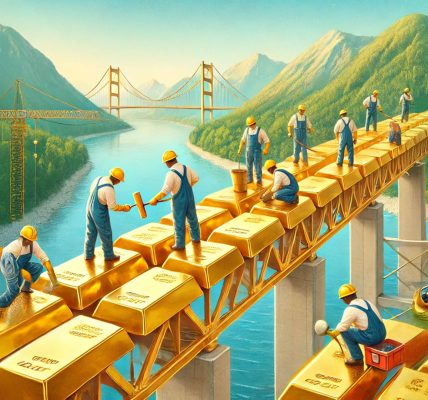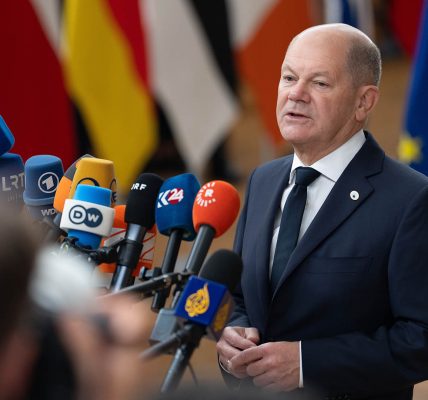[ad_1]
Meta Platforms has announced a $10 billion plan to build more than 40,000 kilometers of undersea fiber optic cables.
The cable will follow a giant “W”-shaped route from the U.S. East Coast to India via South Africa, then back to the U.S. West Coast via Australia. This route avoids volatile regions such as the Red Sea and the South China Sea.
The project will be completed in stages, with an initial investment of US$2 billion. Specialized ships will spend several years laying the cable.
Unlike previous sharing initiatives, Meta will exclusively own this cable and prioritize data traffic for platforms like Facebook, Instagram, and WhatsApp, which drive large amounts of global internet traffic.
India, one of Meta’s biggest markets, is expected to be a major beneficiary.
google cable
On November 25, Google announced plans for two new undersea cables as part of its Australia Connect initiative, which aims to strengthen connectivity in the Indo-Pacific region. The first cable, ‘Bosun’, will connect Darwin with Christmas Island and Singapore, while the second cable will link Melbourne, Perth and Christmas Island, integrating with the ‘Hono Moana’ system, which connects Australia with the US and French Polynesia.
Google is involved in numerous submarine cable projects around the world, either as a sole investor or in collaboration with partners. These projects include:
- Curie: Google’s first commercial undersea cable in Latin America, connecting the United States and Chile, was completed in 2019.
- “Dunant”: Transatlantic cable connecting the United States and France, in operation since 2020.
- “Equiano”: This cable, which connects Portugal and South Africa along the west coast of Africa, was put into operation in 2022.
- “Grace Hopper”: Connecting the United States, Britain, and Spain.
- “Firmina”: Firmina, which connects the United States and Argentina, is one of the longest submarine cables.
- “Honomoana and Tavua”: These cables will connect the South Pacific and strengthen connectivity between Australia, Fiji and French Polynesia.
- “Apricot”: A cable connecting Japan, Taiwan, Guam, the Philippines, Indonesia, and Singapore.
- Umoja: Announced in 2024, this 13,000km submarine cable will connect Kenya and Australia via the Indian Ocean.
vulnerability
The news comes in the wake of regional security tensions.
In mid-November, two submarine lines connect Sweden and Lithuania (“BCS East-West Interlink” owned by Alerion, formerly known as Telia Carrier) and Finland and Germany (“C-Lion 1” owned by Senior) in the Baltic Sea. Cables were laid. Group (a Finnish telecommunications company) appears to have been sabotaged.
Sweden is leading the investigation and has requested China’s cooperation. The Chinese ship Yipeng 3 is located near the severed cable and is under surveillance by European naval forces in the Kattegat Strait.
Reports suggest the ship may have intentionally dragged its anchor along the ocean floor, but China’s Foreign Ministry has denied any involvement.
Swedish Prime Minister Ulf Kristersson has called the Baltic Sea a “high-risk” area, but no sabotage has yet been confirmed.
This follows recent incidents that have destroyed underwater infrastructure in the region, including the Nord Stream pipeline explosion and damage to the Baltic Connector gas pipeline.
Regional leaders meeting in Haapsund, Sweden, cited the growing threat of “hybrid warfare” including sabotage and espionage, and NATO is stepping up patrols in response.
Cables everywhere, cables everywhere
Google and Meta’s investments reflect a broader trend of tech giants seeking control over critical infrastructure that has traditionally been dominated by carriers.
The Internet’s “backbone” consists of high-speed fiber optic cables and routers that can transmit large amounts of data, as well as switching points that interconnect various networks. Small businesses and individual websites use Internet service providers (ISPs) to access this backbone. ISPs own or rent access to parts of the Internet infrastructure and physically link their data centers or networks to routers at Internet exchange points.
Large companies like Google often connect directly to the backbone. Google negotiates peering agreements to exchange traffic directly. These contracts are typically “settlementless”, meaning that neither party makes any payments to the other as the traffic exchanged is balanced. However, when there is a traffic imbalance or when direct peering is not possible (for example, in regions where Google doesn’t have its own infrastructure), the company pays providers to carry the data.
Here are the benefits of the tech giant owning its own cables:
- Gain direct control over your data traffic to improve reliability, speed, and reduce latency for services like Google Search, YouTube, and Facebook.
- Long-term operational cost reduction.
- Customized capacity ensures high-bandwidth services such as cloud computing, video streaming, and AI data processing run optimally.
- Support for emerging markets has the potential to increase user base and revenue.
- Ability to route cables to avoid geopolitical hotspots.
- Reduces the risk of outages, bandwidth bottlenecks, or surveillance, sabotage, or data breaches compared to using third-party cables.
[ad_2]





